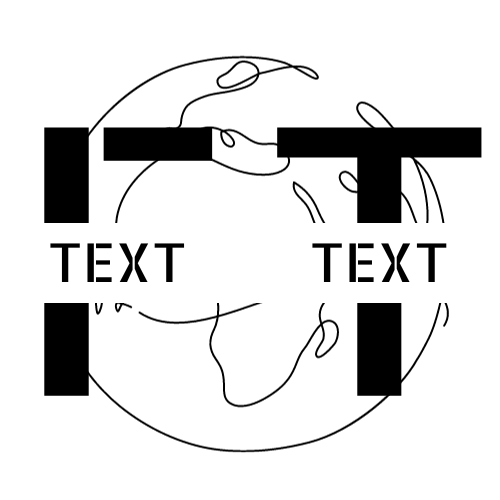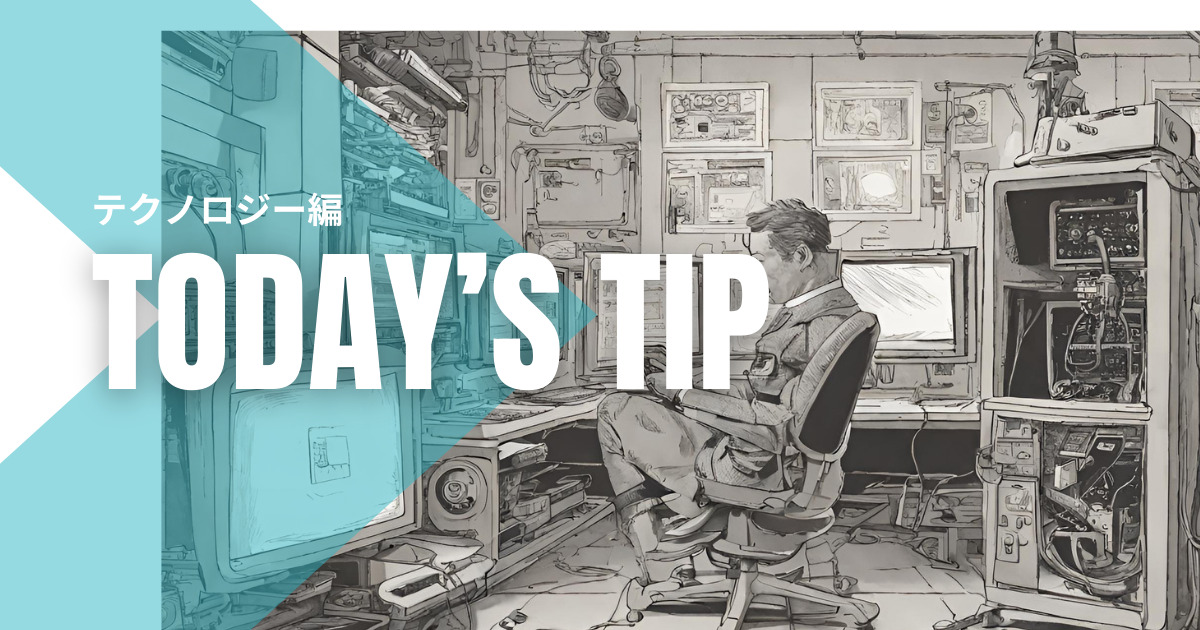Procurement plays a vital role in business, and achieving success in this domain requires a planned and strategic approach. One critical element at the start of the procurement process is the “Sourcing Intake.” In this article, we will discuss what Sourcing Intake is, why it’s essential, and best practices for effectively carrying it out.
Why is Sourcing Intake Important?
The procurement process is intricate and involves several steps. Hence, defining requirements accurately at the beginning sets the stage for success in subsequent stages. Wrong or vague information can lead to significant problems later in the process.
Key Steps in Sourcing Intake
- Assessment of Business Needs: Clearly understand what goods or services you wish to procure and for what purpose.
- Stakeholder Communication: Discuss with all the stakeholders involved in the procurement to share and consolidate requirements.
- Budget and Timeline Setting: Specify the financial and time constraints based on which you will plan further.
- Requirement Documentation: Consolidate all the gathered information and requirements into a document, which will serve as the basis for creating RFPs and negotiating contracts later.
Best Practices
- Clear Guidelines: Having set guidelines or checklists for carrying out the Sourcing Intake can smoothen the process.
- Data-Driven: Wherever possible, use data to drive your assessments for more accurate information gathering.
- Teamwork: Engage all stakeholders to get multiple perspectives on the requirements.
Conclusion
Sourcing Intake serves as a critical step in laying down the foundation for a successful procurement process. Taking the time to carefully plan and clarify requirements during this phase will significantly ease the flow of subsequent processes. For those aiming to enhance the accuracy of their plans, understanding the importance of and appropriately conducting the Sourcing Intake is highly recommended.


